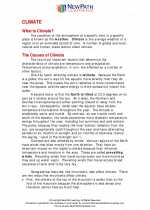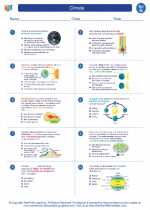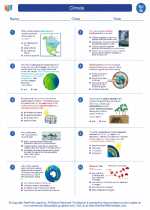Spring Force
The spring force is a type of restoring force that acts on an object attached to a spring and is proportional to the displacement of the object from its equilibrium position. This force can either compress or extend the spring, depending on the direction of the displacement.
Key Concepts
- Hooke's Law: The spring force is governed by Hooke's law, which states that the force exerted by a spring is directly proportional to the displacement of the spring from its equilibrium position. Mathematically, it can be expressed as F = -kx, where F is the spring force, k is the spring constant, and x is the displacement.
- Spring Constant: The spring constant (k) is a measure of the stiffness of the spring. It determines how much force is required to produce a certain amount of displacement in the spring.
- Equilibrium Position: The equilibrium position of a spring is the point at which the spring exerts no force on the attached object. Any displacement from this position results in the spring force acting to restore the object to its equilibrium position.
- Elastic Potential Energy: When a spring is stretched or compressed, it stores elastic potential energy. The amount of potential energy stored in the spring is proportional to the square of the displacement.
Study Guide
To understand spring force thoroughly, it is essential to focus on the following key points:
- Define Hooke's Law and explain its significance in the context of spring force.
- Describe the relationship between the spring constant and the stiffness of a spring. Provide examples to illustrate this relationship.
- Explain the concept of equilibrium position and how it relates to the spring force acting on an object.
- Discuss the role of elastic potential energy in the context of spring force and provide real-world examples where this energy transformation is significant.
- Practice solving problems involving the calculation of spring force, spring constant, displacement, and elastic potential energy.
By mastering these concepts and practicing related problems, you will gain a comprehensive understanding of spring force and its applications in various physical systems.










